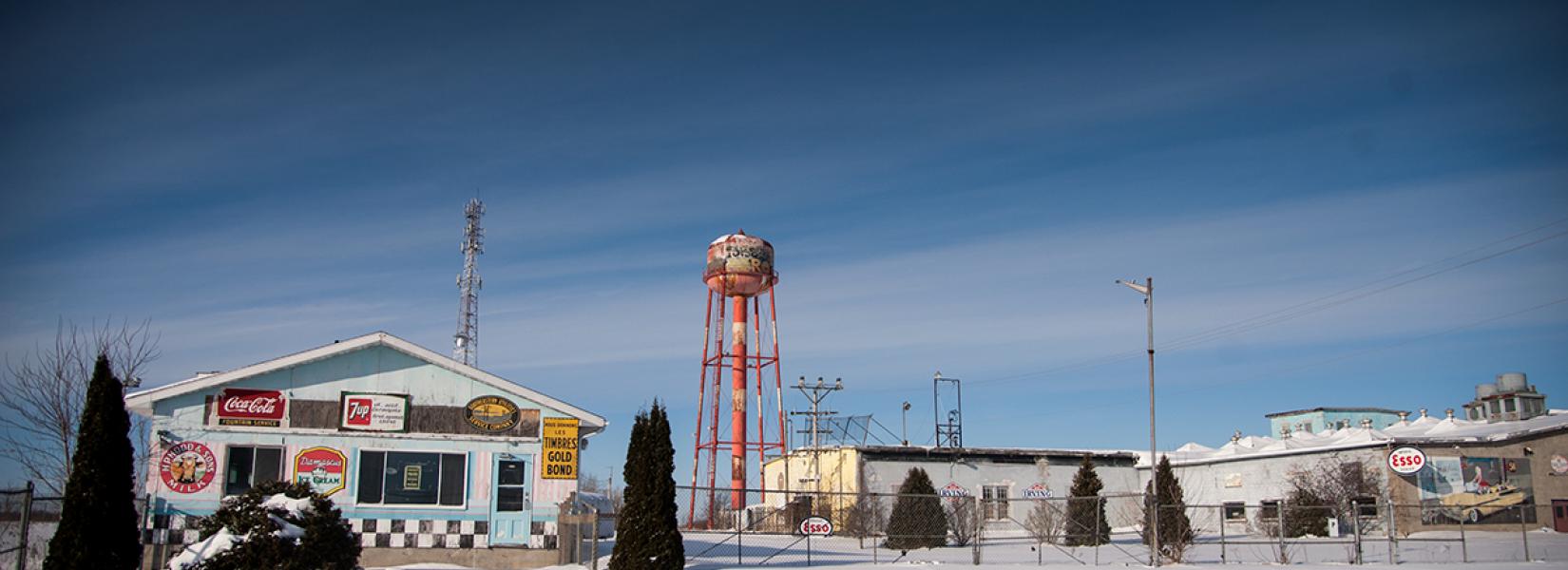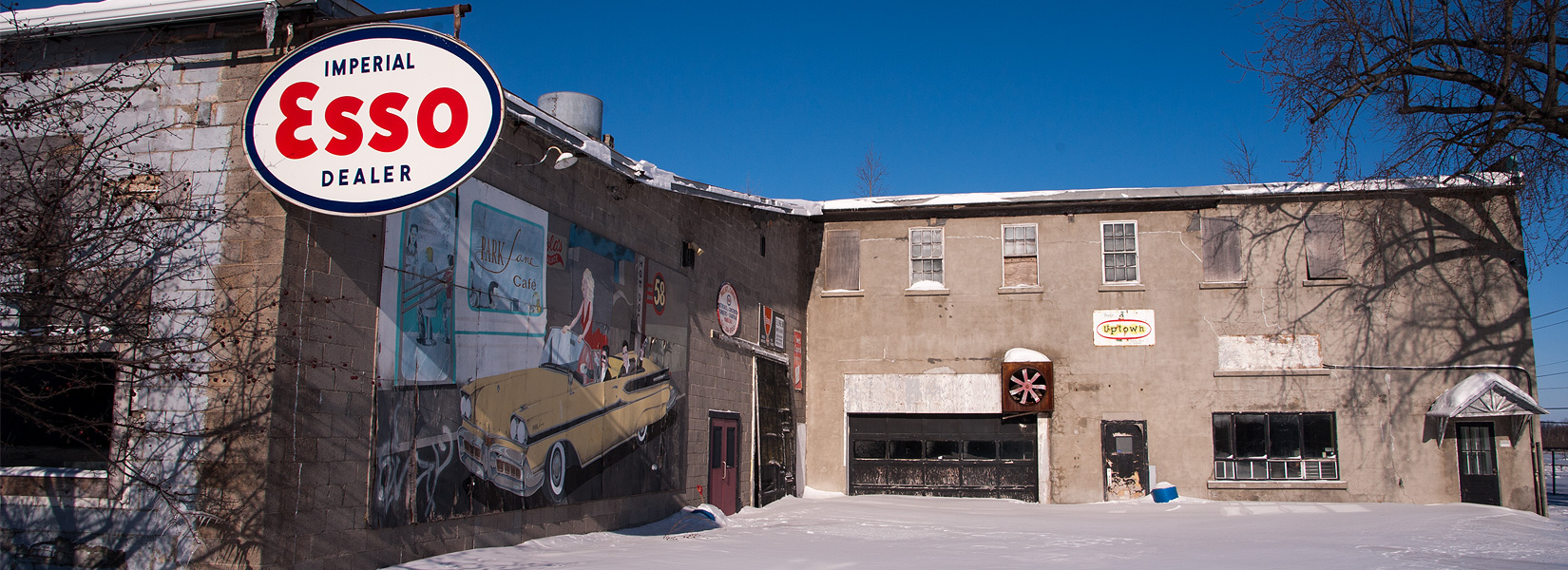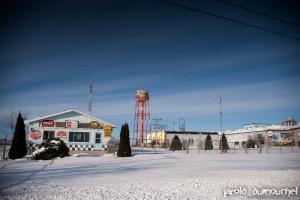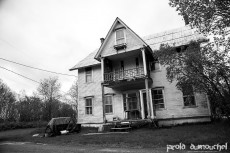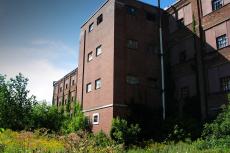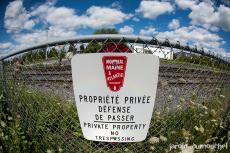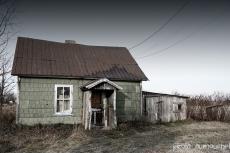The place is surprising. This old rooming house next to an old railway was, in another era, the nerve center of this small village in Eastern Townships. Abandoned for over fifty years according to some, it remained intact and time has slowly...
The old and abandoned cannery
Rockabilly and old cars
The place is big, very big. While the building is nearly 200,000 square feet, the site, meanwhile, is over than 430,000 square feet in an agricultural area of Saint-Jean-sur-Richelieu. For those interested, the site is for sale and the current owner requires more than $ 400,000 for it. "Ideal for businesses specialized in transport and storage," says the announcement. The structure collapsed in several places and the prospective buyer is better to be clever with renovation tools, if you want my opinion.
By the way, the site is protected by few surveillance cameras. By cons, quite honestly, I do not understand why. The site is not vandalized, but it is empty and its interior is not one the most interesting. In fact, the exterior was much photogenic...
The Park lane café
Located just to the left of the main structure, the Park Lane Café was a mythical place in the 1990s where every Friday, there were more than 200 owners of old cars to come meet other fans and eat some french fries in a retro atmosphere.
In April 2011, a project to reopen is filed at the city, accompanied by a petition signed by over a thousand people. In the autumn of the same year, fans were given an appointment there and the crowd was estimated at a few hundred visitors.
Today, I could not tell if the coffee is still open, because although everything was closed during my winter visit, I would tend to believe that the place must be open in the summer and closed in winter.
Related content
Destroyed by mechanical shovels in 2011, it is a true slice of history of the city of Saint-Jean-sur-Richelieu who was destroyed that day in February. The adventure of the Singer factory has lasted over 100 years and has gave work to thousand of...
Well, to be honest, the railway Montreal Maine & Atlantic Railway site we visited is not a real urbex site. At least not yet. But between you and me, it should not take long.
A story that everybody hear aboutWhether you live in...
Abandoned for more modern constructions or left behind to adrift once the occupants died, abandoned houses populate the countryside. Hidden under vegetation who tries to conquer its old territory, sometimes the passing years prevent explorers...

